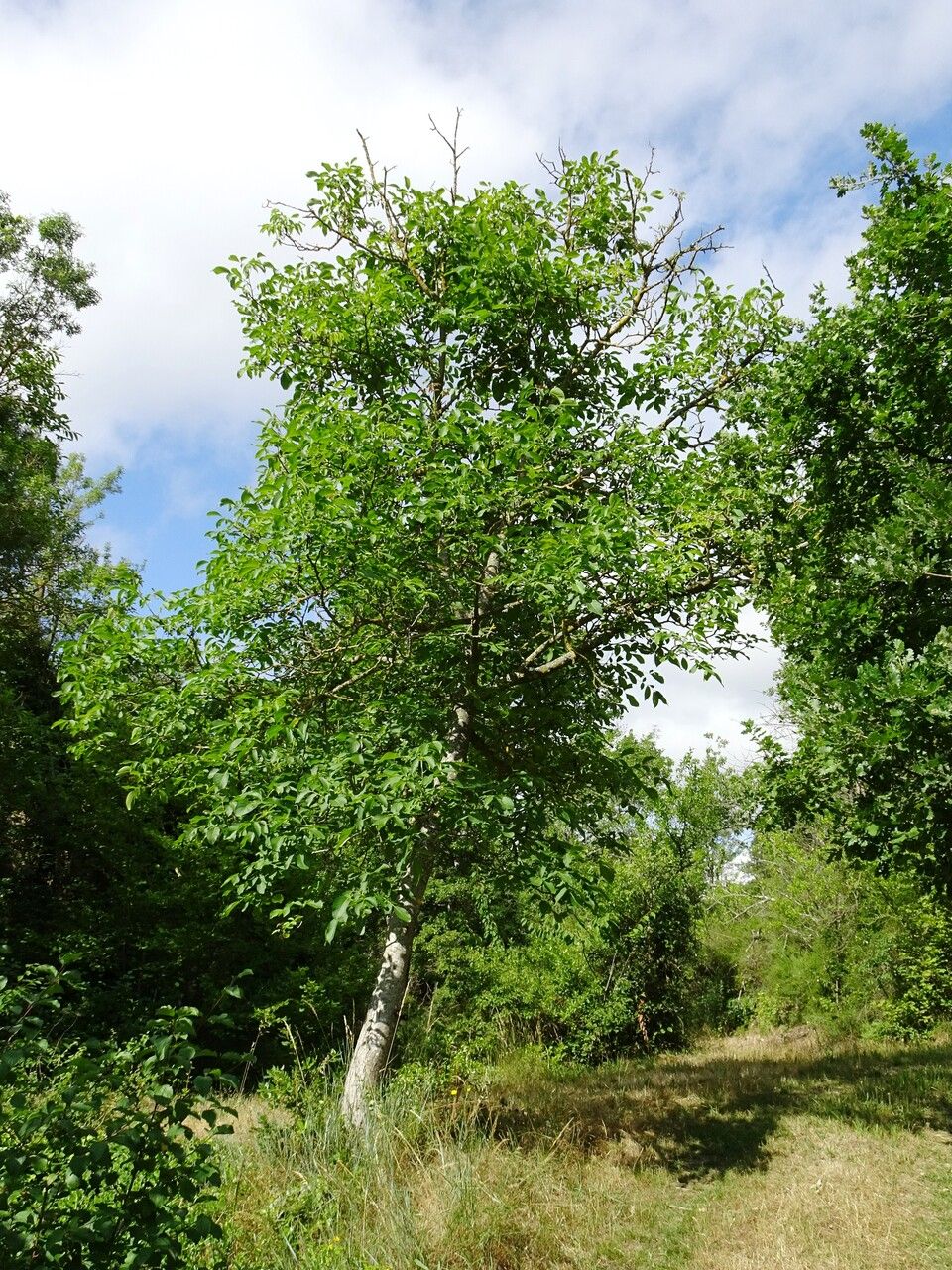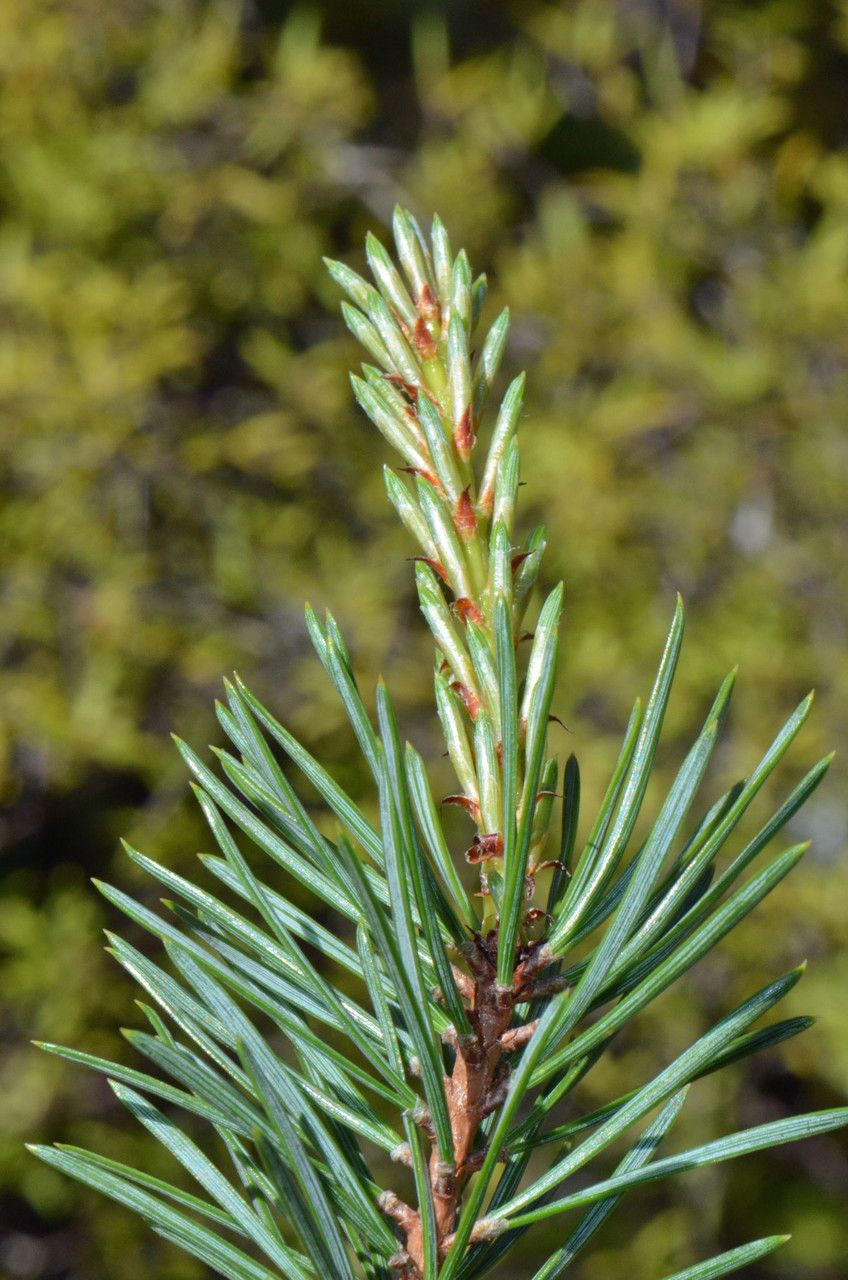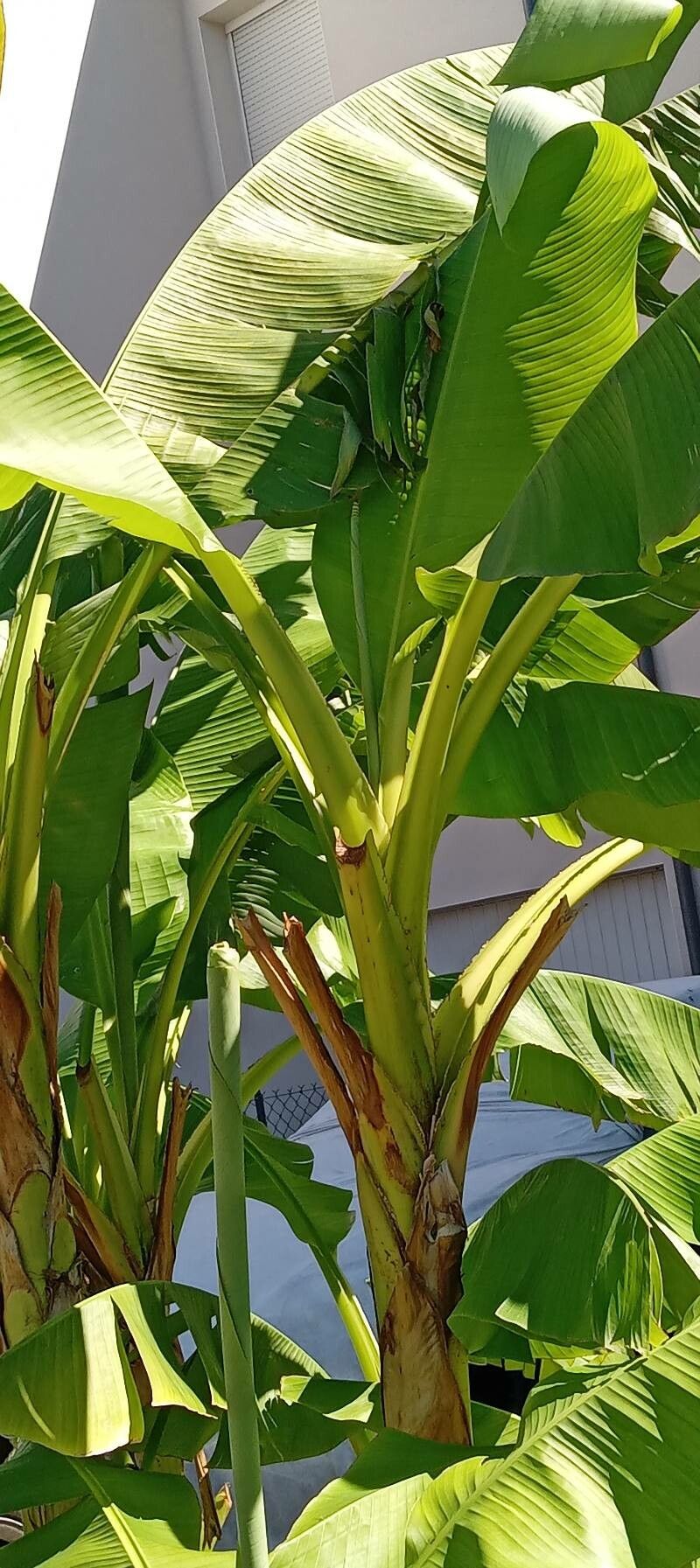## Carpathian Walnut: A Majestic Addition to Your Landscape
The Carpathian walnut (*Juglans carpatica*), a member of the Juglandaceae family, is a magnificent tree prized for its beauty and potential for producing delicious nuts. While less widely known than its English cousin, the Carpathian walnut offers unique characteristics making it a desirable choice for gardeners and landscapers alike. This guide will delve into its cultivation requirements, helping you successfully grow this impressive tree.
### Habitat and Growth
Native to the Carpathian Mountains of Europe, this tree thrives in regions with a temperate climate. It prefers well-drained soil and enjoys full sun to partial shade. Carpathian walnuts can reach impressive heights, typically growing to between 20 and 30 meters (66 to 98 feet) tall, though their size can be managed with appropriate pruning. They develop a broad, spreading canopy, providing ample shade.
### Soil Needs
The Carpathian walnut prefers slightly acidic to neutral soil (pH 6.0-7.5). Well-drained soil is crucial; waterlogged conditions can lead to root rot. The soil should be rich in organic matter, which can be improved through the addition of compost before planting.
### Sun Exposure
While it tolerates partial shade, the Carpathian walnut thrives in full sun. At least six hours of direct sunlight per day are ideal for optimal growth and nut production. In hotter climates, some afternoon shade may be beneficial, particularly for younger trees.
### Planting and Care
Planting should ideally occur in spring or autumn. Choose a location with adequate space for the tree's mature size and ensure the soil is properly prepared. Dig a hole twice as wide as the root ball and plant the tree at the same depth as it was in its container. Water thoroughly after planting. Regular watering, especially during dry periods, is essential, particularly for young trees. Fertilizing with a balanced, slow-release fertilizer in spring can promote healthy growth.
### Propagation
Carpathian walnuts can be propagated through seeds. However, it’s important to note that nut production may be inconsistent with seed-grown trees. Vegetative propagation, such as grafting, is preferred for maintaining desirable traits and ensuring consistent nut production.
### Pest and Disease Resistance
While relatively resistant to many common walnut pests and diseases, monitoring for potential problems such as walnut blight and aphids is advisable. Proper watering and soil drainage help to minimize the risk of fungal diseases.
### Harvesting
Nuts typically mature in late summer or early autumn. The husks will split open, revealing the mature nuts. Harvesting should be done carefully to avoid damage to the nuts. Carpathian walnut nuts have a distinctive flavor, slightly different from English walnuts, and are often used in baking and other culinary applications.
### Conclusion
The Carpathian walnut is a striking and rewarding tree for those with the space to accommodate its mature size. With proper care and attention, this majestic tree will grace your landscape for years to come, providing both beauty and delicious nuts.
Carpathian Walnut: Grow This Majestic Tree

Frequently Asked Questions
How do I grow a Carpathian walnut tree?
Plant in well-drained, slightly acidic to neutral soil (pH 6.0-7.5) with at least 6 hours of sunlight. Water regularly, especially when young. Fertilize in spring with a balanced fertilizer.
What are the soil requirements for a Carpathian walnut?
Carpathian walnuts need well-drained soil rich in organic matter. A slightly acidic to neutral pH (6.0-7.5) is ideal. Avoid waterlogged conditions.


